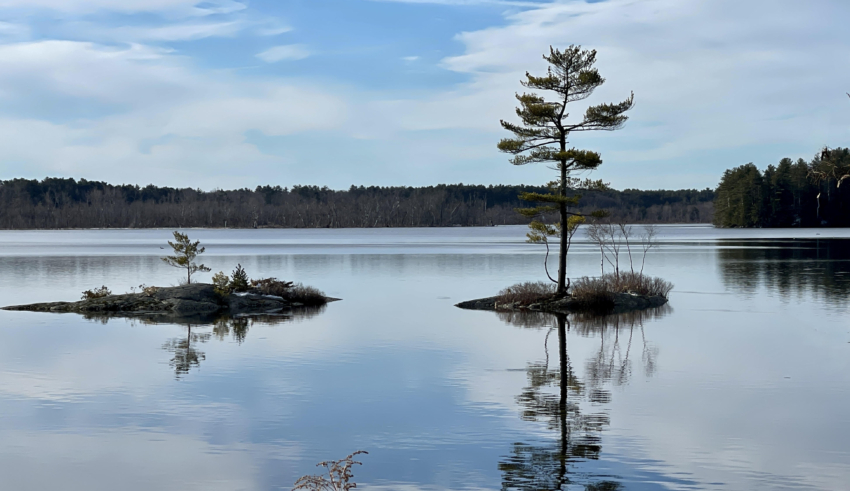
Dan offers a specific example of the way he works in this “non-mentoring” fashion:
“I have a dear friend who is with Habit for Humanity. He is an incredible man who gives of his time and energy. His name is Ed. He will just call me, and I almost always think he’s getting on me to come out and pound some nails. But he isn’t calling about that. He just wants to have a shoulder to vent on, and it’s obviously helpful to him for me to listen in complete confidence. He often expresses his frustration at having to herd cats for Habitat and run all over the place. We have had a number of times when we talked through some very difficult organizational issues, where friendships were fractured and actually became irreparable. So again, this is more of an advisor role rather than mentoring.”
We close with yet more pondering by Dan about his role in working with other people. These last two excerpts from his narrative serve also as examples of how mentoring can move far beyond the confines of a specific organization. As in the case of Sally’s work, it seems that Dan is generative in a manner that defies the traditional definition of mentoring and also moves generativity beyond its usual boundaries:
“I had a beautiful experience when I was 53 and a similar one just recently here at age 75; each had to do with a dear friend who was dying of cancer. My first experience was with a friend named Harry. I went into this just wanting to be present and give his wife a much-needed break. It was a fascinating, beautiful, and sad time. Harry had pancreatic cancer and was not expected to live beyond three months. My wife asked what I was going to do, and I said that I had no idea other than just listening. Actually, Harry lived almost two additional years, and early on he didn’t have the strength to do much. But we did go to lunch periodically and sometimes went to a park. And sometimes we ate as his home. I found out that as a young man he loved to fly fish. He was of Japanese heritage and said that he hadn’t touched a fly rod in 40 years. I said, “Well, I used to fly fish, too.” So, we started tying flies together, and he actually got really good at it. This was an interesting experience for me because Don gave us a model for how to live through a terrible, irreconcilable tragedy. Being with him was actually uplifting for me, and this outcome was unexpected. I don’t know if this experience is an example of mentoring, but it certainly was a profound learning experience for me. I found that I could help give Harry back memories.”
Is this mentoring? Is it even a form of generativity? Perhaps we will be able to answer both of these questions after exploring various forms of Generativity Two, and after exploring the other forms of generativity as well. At the very least, we can certainly identify Dan’s relationship with Harry as deeply caring. Can we ask for anything more from the life-affirming relationships with which we are blessed?
The Enactment of Generativity Two: Legacy and Leadership
In preparing this essay we have turned once again to our own research findings about Generativity Two, relying primarily on the 100 interviews that we conducted with Emerging and Senior Sage leaders in Western Nevada County California. In this section, we will review some of the analyses that have already been done on Generativity Two—including a few excerpts from several Eriksonian researchers about this second generative role.
Download Article 1K Club
















